Introduction: Why Sustainability in Chromatography Matters
Hey there, have you ever thought about the environmental impact of chromatography? When we think about science and innovation, sustainability doesn’t always come to mind, right? But when it comes to chromatography, an essential technique in labs around the world, there’s a real opportunity to make things greener. And trust me, it’s not just about making ourselves feel better—it’s about reducing waste, cutting costs, and improving lab safety.
Chromatography, which helps separate and analyze substances, often relies on large volumes of solvents, disposable consumables, and a significant amount of energy. Over time, all of this adds up, leaving a significant environmental footprint. But, here’s the good news: Greening chromatography is not only possible, but it’s already happening! More and more labs are turning to sustainable practices to make a difference.
So, how can we as scientists make these changes? Can we balance both effective separation and eco-conscious techniques? What do you think?
Reducing Solvent Consumption: Greener Ways to Manage Solvents
The Importance of Reducing Solvent Waste
Let’s face it—solvent consumption is a huge factor in chromatography’s environmental impact. When you’re doing a high-pressure liquid chromatography (HPLC) run, those solvents don’t just vanish after use. They often go down the drain or, worse, are incinerated. But what if you could reduce this waste? I mean, isn’t it just common sense to cut down on something that can be reused or repurposed?
One powerful solution here is solvent recycling. By implementing a solvent recovery system, labs can reuse solvents multiple times. Essentially, the system purifies and recycles the solvents that would normally be thrown out. And the beauty is, it doesn’t compromise performance. In fact, you’ll be amazed at how well the recycled solvent can perform, keeping your chromatographic analysis just as accurate.
Greener Alternatives to Traditional Solvents
Now, recycling solvents is great, but what about reducing the need for harmful solvents in the first place? That’s where green solvents come in. These are solvents that are non-toxic, biodegradable, and ideally derived from renewable sources. For example, supercritical CO2, ionic liquids, and water have been gaining popularity as alternatives to traditional solvents like methanol, acetonitrile, and hexane.
What if every lab switched to green solvents? It sounds like a big ask, but the good news is that we’re already seeing a shift. More companies are developing and testing green solvent formulations, and some are already working as well as the conventional ones! By opting for these alternatives, we can minimize our environmental impact while still maintaining the precision and reliability that chromatography demands. Do you agree with this shift? I think it’s a huge step in the right direction.
Reusable and Eco-friendly Consumables: The Rise of Sustainable Materials
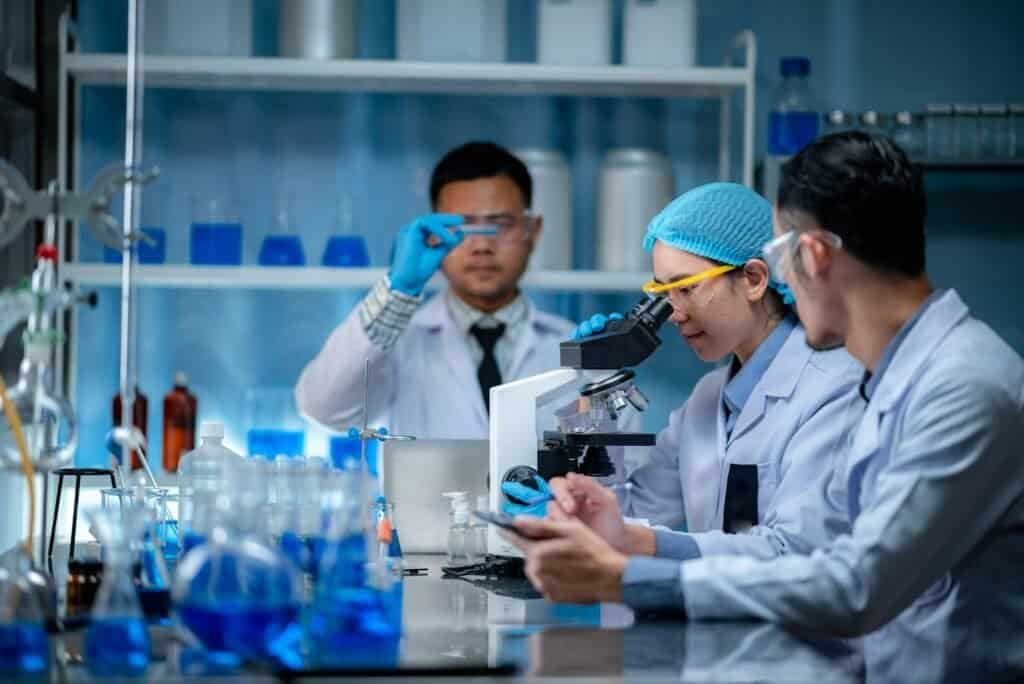
Eco-friendly Columns: A Smart Investment
When I think about chromatography, I immediately picture those columns—essential for the separation process. But those columns can have a significant impact on the environment when they’re discarded after each use. Here’s the exciting part: reusable columns are now on the market. These columns can be regenerated and reused multiple times, which drastically reduces the amount of waste that typically comes from traditional disposable columns.
Let’s say your lab is using a column multiple times, cleaning and regenerating it for reuse. Not only does this cut down on waste, but it also saves money. Over time, the investment in a reusable column really pays off. And the best part? These reusable columns are built to perform just as well as their single-use counterparts, so you’re not sacrificing any quality or efficiency.
Sustainable Filters and Vials
Now, let’s talk about other consumables that tend to pile up in labs: filters and vials. We all know that many labs use disposable filters and vials, and that’s a big contributor to the plastic waste problem. But did you know there are alternatives?
Biodegradable filters are starting to gain ground, as are recyclable glass vials. These options might not always be the cheapest upfront, but they’re much better for the environment. Plus, glass vials can be washed and reused—meaning you can reduce waste and save money in the long run.
I don’t know about you, but the thought of reducing the mountains of plastic waste generated in a lab feels like a real win for the planet. Do you think labs will begin to adopt these more sustainable options? I’m optimistic about the shift towards greener consumables, and I think it’s something that can catch on quickly with the right incentives.
Mastelf, with over 13 years of experience in chromatography vials, we can help you find the exact vials you need for your applications.
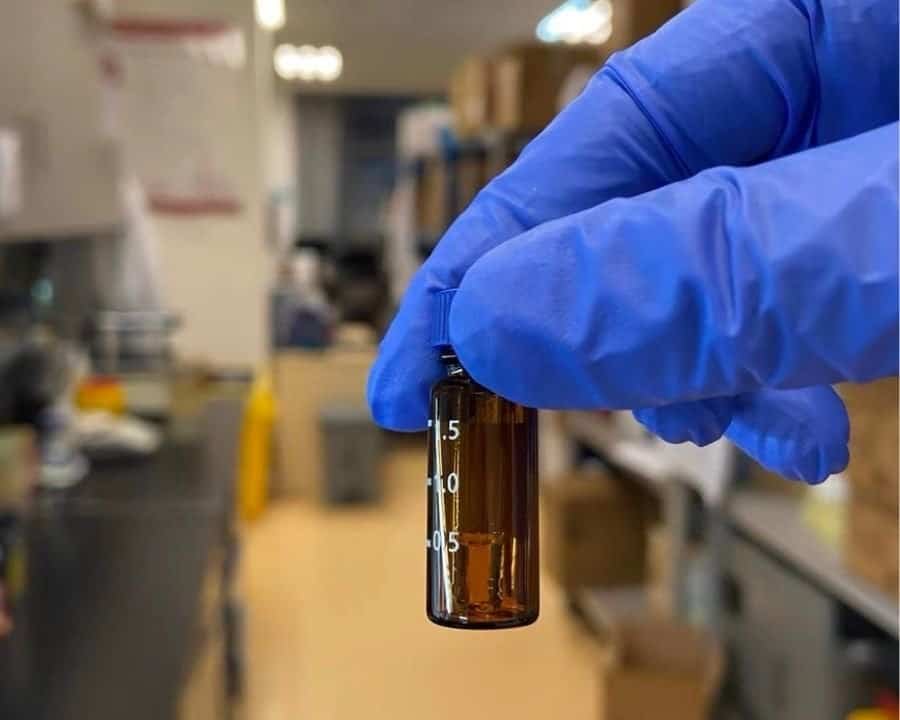
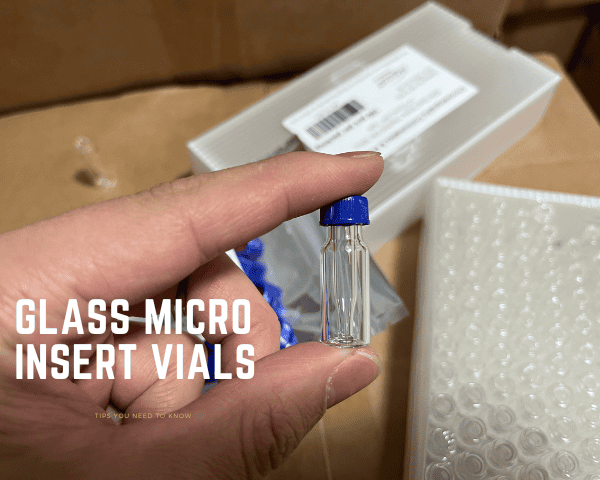
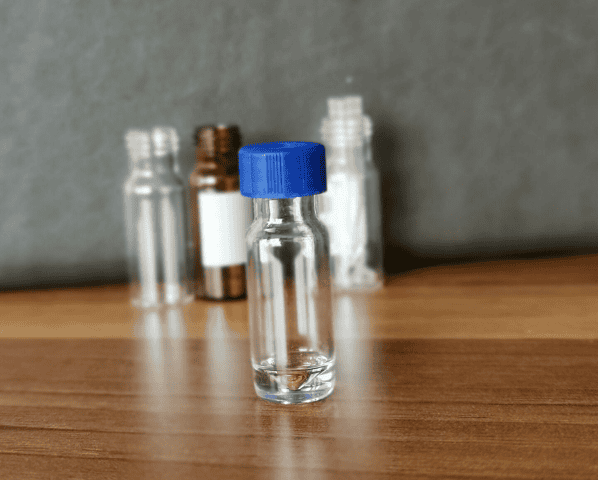
Our expertise ensures that you get reliable and precise products tailored to your specific requirements. Whether you’re in pharmaceuticals, research, or any other industry relying on HPLC, we understand your needs and are here to support you in making the right purchase.
Reach out to Mastelf, and let us assist you in procuring the perfect vials for your work.
Innovations in Greener Chromatography: Embracing New Technologies
Supercritical Fluid Chromatography: The Green Alternative
Let’s dive a little deeper into one of the most exciting innovations in the world of chromatography—supercritical fluid chromatography (SFC). Now, you might be thinking, “Supercritical what?” Well, supercritical CO2 is being used as a mobile phase in SFC, which provides a more sustainable option than traditional liquid chromatography.
Why is SFC considered greener? Supercritical CO2 is highly effective at dissolving non-polar compounds and can be used with minimal or no toxic solvents. Plus, the carbon dioxide is much safer for both the environment and lab personnel. It’s exciting to think about a future where this technique becomes a standard, reducing the reliance on harmful solvents across a wide range of industries.
The Promise of Green Chemistry
In addition to SFC, another key innovation is the development of deep eutectic solvents (DES). These solvents, which are made by combining different compounds, are another greener alternative to the traditional solvents used in chromatography. DES are biodegradable, non-toxic, and can be tailored to specific applications.
It’s exciting to see the chromatography world embracing these cutting-edge techniques, don’t you think? While SFC and DES aren’t yet standard in every lab, their potential to make a real difference is clear. What do you think the future of chromatography could look like if these technologies continue to evolve?
Conclusion: The Green Future of Chromatography
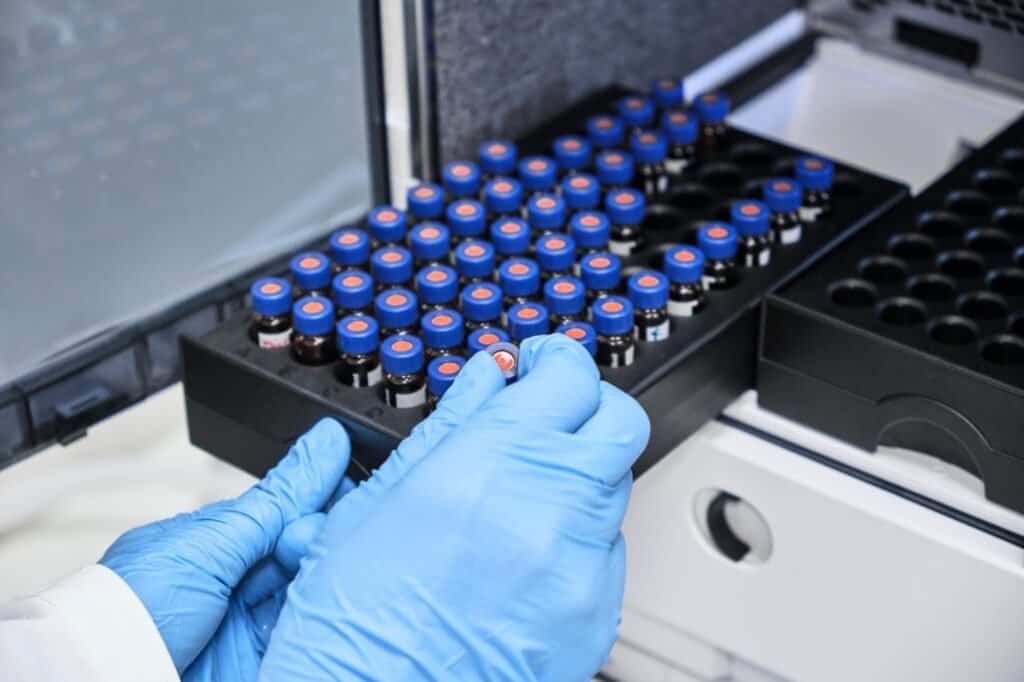
The push toward more sustainable chromatography practices is no longer just a trend—it’s becoming a necessity. With growing concerns about the environment and the cost of disposable materials, many labs are turning to greener alternatives to reduce their ecological footprint. Whether it’s recycling solvents, using reusable columns, or adopting supercritical fluid chromatography, the shift toward greener chromatography is happening.
As we continue to innovate, the future of chromatography is looking brighter—both for researchers and the environment. I’m excited about the ongoing improvements and what they will mean for the future of scientific analysis. What about you?
FAQ Section
1. What is solvent recycling, and how does it help labs be more sustainable?
Solvent recycling allows labs to purify and reuse solvents multiple times, reducing the need for fresh solvents and cutting down on waste disposal costs.
2. Can green solvents replace traditional solvents in chromatography without losing efficiency?
Yes, many green solvents, such as supercritical CO2 and ionic liquids, can offer similar or even better performance than traditional solvents while being less harmful to the environment.
3. Are reusable chromatography columns a good investment?
Absolutely! Reusable columns can be regenerated and used multiple times, cutting down on waste and saving money in the long term.
4. What is supercritical fluid chromatography (SFC), and how is it more sustainable?
SFC uses supercritical CO2 as a mobile phase, reducing the need for organic solvents, which makes it a greener alternative to traditional chromatography.
5. How can labs start implementing greener pracices?
Labs can start by opting for greener solvents, using reusable consumables like columns and vials, and investing in solvent recovery systems to reduce waste.











